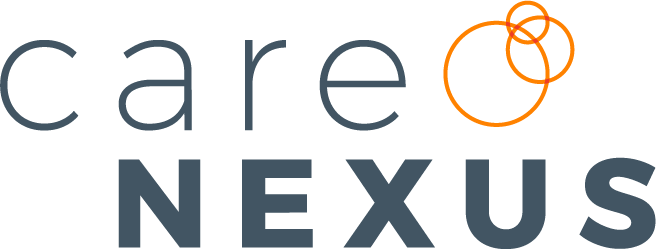From Innovation to Influence: Team BZ Promotes SOLOR through Industry Collaboration


In the healthcare IT space, sometimes it’s hard to find areas where collaboration among organizations and ideas is front and center. Turning innovative ideas into industry influencers is one of the goals of Team BZ’s collaboration efforts. That’s why we’re promoting the SOLOR initiative (the System of Logical Representation), developed by Dr. Keith Campbell, Director of Informatics Architecture at the Veterans Health Administration (VHA).
Launched in 2017 at the Healthcare Services Platform Consortium (HSPC), SOLOR has garnered widespread interest in the larger healthcare community for its commitment to breaking through silo streams for a more integrated and functional view of terminology content. The initiative was also recognized with a 2018 FedHealthIT Innovation Award.
Team BZ is proud to be a part of this innovative paradigm shift in how developers consume terminology – enabling collaborative improvement in clinical data, patient care and safety.
Understanding SOLOR
At its core, SOLOR is an open-source, collaborative environment for solving interoperability challenges and improving seamless care. Originally, it was developed to meet Clinical Decision Support (CDS) challenges within VHA.
In today’s increasingly complex landscape of overlapping health care standards, SOLOR’s value to the community lies in “standardizing the standards,” enabling anyone to easily create and share customized clinical content, whenever and however they want.
By allowing consistent semantics to be easily shared across healthcare organizations, users experience a dramatic simplification that eliminates redundant efforts and reduces the opportunity for omissions and inconsistencies that may impact patient safety.
How SOLOR benefits users – and patients
- Lowering the cost of terminology management: Rather than continuously re-integrating standards after every update, SOLOR provides developers a pre-packaged, integrated view on standard updates that streamlines the integration of standards and frees up resources which, in turn, lowers the cost of managing terminology standards.
- Reducing time and resources on low-value-add tasks: Using SOLOR eliminates the time-consuming, labor-intensive, and error-prone task of sorting through overlapping and incoherent standards, allowing clinicians to focus on the patient.
- Improving patient experience and patient safety: Clinical decision making and overall data quality is improved by using SOLOR’s precise semantic understanding of standards in patient-centered workflows spanning multiple organizations.
- Continuously improving interoperability through collaboration: With SOLOR, providers, medical professionals, researchers, and health IT specialists have a consistent and collaborative environment to create accurate and efficient clinical documentation and decision support for the improvement of patient safety.
A SOLOR Foundation for Team BZ Projects
Incorporating SOLOR’s harmonized view of semantic concepts in leading healthcare ontologies will positively influence industry projects.
Team BZ is maximizing SOLOR’s influence by using it as the foundation for the following industry projects:
- Team BZ’s semantic interoperability expert, Ken Lord, is leveraging SOLOR to develop a standards-based framework for semantic interoperability within the Object Management Group (OMG) on behalf of VHA. The framework uses SOLOR as the reference model to extend the present Model Driven Message Interoperability (MDMI) 1.0 standard to reference the existing OMG Ontology Definition Metamodel (ODM) standard, providing a more computable and precise expression of semantic meaning.
- Team BZ’s enterprise architecture and standards expert, Sean Muir, has participated in ongoing collaboration with the HL7 Clinical Information Modeling Initiative (CIMI) Workgroup and the Federal Health Information Model (FHIM) community, to include an HL7 project that uses SOLOR as a terminology and semantic resource to generate FHIR profiles using the FHIM and CIMI.
- Team BZ’s Lead Standards Architect, Ioana Singureanu, is working as Ballot Facilitator on the Analysis Normal Form (ANF) project, hosted by the CIMI Workgroup. The project, facilitated by Dr. Keith Campbell, will produce an ANF standard based on SOLOR that normalizes the presentation of clinical data for use by data analysts.
To learn more about how Team BZ is collaborating on industry initiatives to bridge the gap between healthcare and technology for better patient outcomes, stay connected by signing up below.



